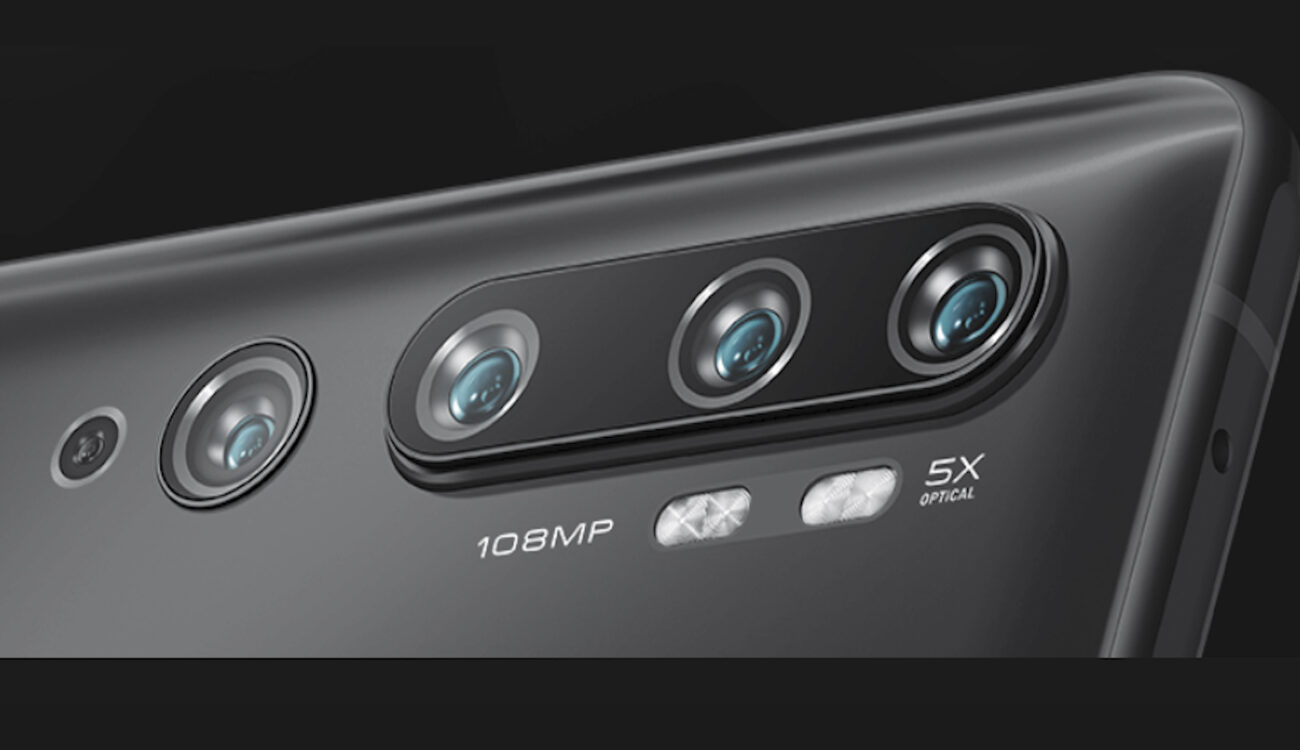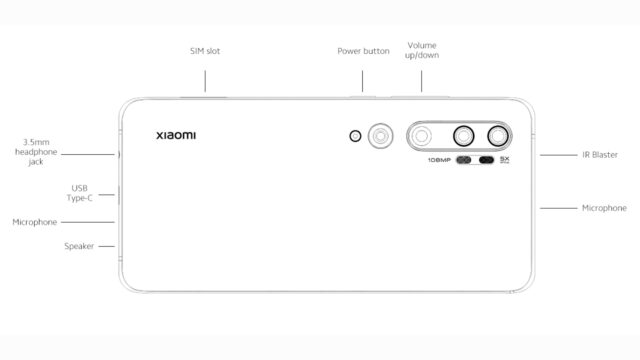
The Xiaomi Mi Note 10 is now available for preordering, and it boasts a total of 5 rear-facing cameras and an additional 32 MP front-facing camera. It seems like this mobile phone opens a new era of mobile photography. For just $549 the phone includes a primary camera with 108 MP, an ultra-wide-angle 20 MP (FOV 117°), a long telephoto lens with 5MP (+ 10x hybrid zoom, 50x digital zoom), a short telephoto lens with 12 MP and 2x optical zoom, and a macro lens with 2 MP. Shipping has started or starts soon in most countries.
We’re still just talking about a 128 GB storage (+ 6 GB RAM) phone, that costs a bit more than one-third of an iPhone 11 Pro Max 128 GB.
Let’s take a closer look at the main camera features and decide whether this is a feasible product for your purposes.
Xiaomi Mi Note 10 – Primary Camera Features
108 MP sounds more as if we were talking about a middle format Hasselblad characteristic. In the case of the Xiaomi Mi Note 10, the 108 MP primary camera has a sensor size of 1/1.33″, uses a maximum aperture of f/1.69, captures a field of view of 82°, sports 1.4μm 4-in-1 Super Pixel, and also includes an optical image stabilizer (OIS).
The rear camera video features include recording at up to 4K @ 30fps and slow-motion capabilities of 120 fps and 240 fps at 1080p or a maximum of 960 fps at 720p. Aside from the missing 4K @ 50/60 fps recording options, the specifications listed above still sound a bit surreal to me.
Relevant when testing the quality of these camera(s)
Some key aspects when looking at the actual quality of the pictures taken with the phone would be to analyze the defacto quality and determine the levels of chromatic aberration, lens distortion or whether and if the camera has focusing issues. It will be necessary also to inspect the levels of sharpening, denoising, and other cleaning effects, that affect the final result of the 108 MP files and will determine the factual detail level that is available. Although the sensor size is pretty big for a phone, every single pixel is about 0.8μm in size, and this will most certainly have an impact on light capture overall. The default mode of the camera will use a technique known as “pixel-binning” to combine four adjacent pixels that will result in a 27 MP image and thus leads to an increased effective pixel size (4-in-1 Super Pixel).
Since the cameras can additionally make use of the capabilities of the phone and its Qualcomm® Snapdragon™ 730G processor with its Qualcomm® Kryo™ 470 architecture and an Octa-core processor (up to 2.2 GHz) with 6 GB of LPDDR4x RAM, it also comes with a wide range of advanced and AI features.
Xiaomi Mi Note 10 – Extras, Modes & AI Functions
Aside from a lot of expected features like the usual panorama mode, face recognition or HDR, there are some more advanced options available to the end-user.
Examples are the “Moon Mode” which allows for both handheld and steady night photography. There is also another smart ultra-wide angle mode and ultra-wide-angle edge distortion correction. Group pictures are now automatically corrected with enabling the AI feature for group photo face correction. And there are some more features, that sound appealing for influencers and beauty bloggers: “AI Beautify” and “AI smart slimming”.
First Thoughts & Questions
Without being able to test the phone and its cameras, it’s tough to tell what this spec powerhouse can accomplish in real life. There are two aspects, though, which seem to be interesting about this release:
1) The camera, features, and pixel-war in mobile phones seem to have just entered a new era.
2) In the future, maybe even fewer people will be able to discern the differences between high-class real professional photography and AI-supported, pixel-boosted, digitally enhanced and through sophisticated apps automatically improved and intensified photos (at least in some cases like nature or landscape photography).
For more information, head to Xiaomi’s website.




























